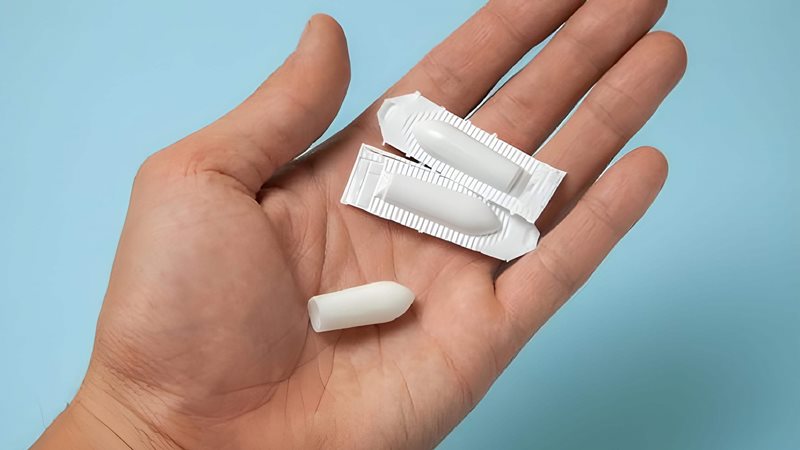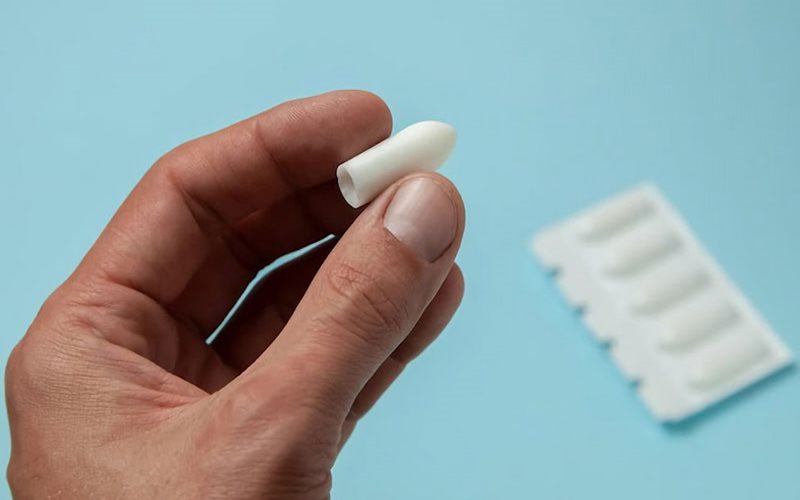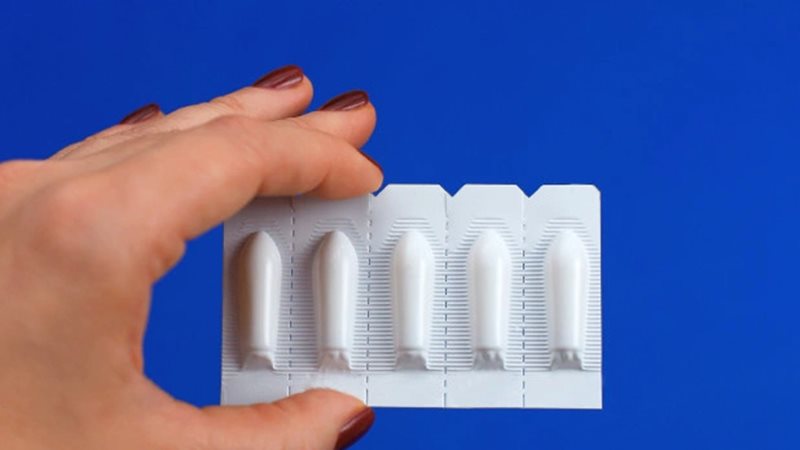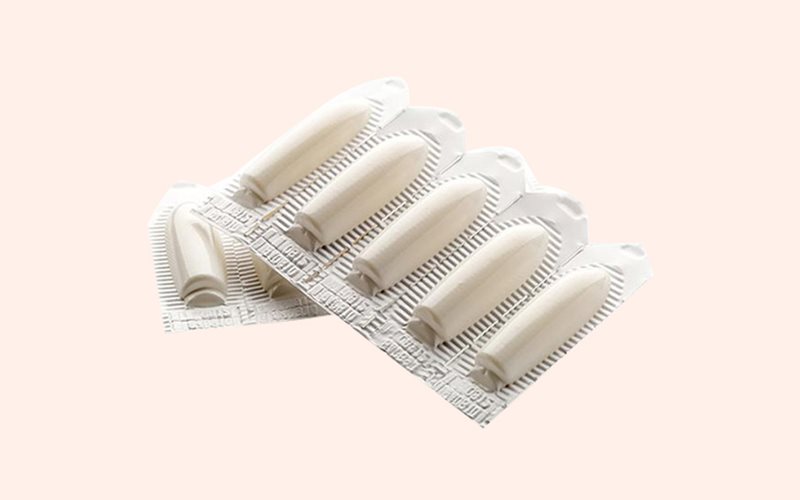Vaginal suppositories, also known as vaginal bullets or vaginal tablets, are a type of medication specifically designed to treat gynecological issues in women. Let’s delve into this article to understand more about this form of medication and its usage.
1 What are Vaginal Suppositories?
 What are Vaginal Suppositories?
What are Vaginal Suppositories?
Vaginal suppositories are a form of medication that treats gynecological issues in women by being inserted directly into the vagina. They come in various shapes and sizes, but the most common shape resembles a bullet.
Once inserted, the suppositories melt and are absorbed directly by the body. Due to their quick-dissolving nature, they rarely cause nausea, irritation, or severe side effects.
2 Uses of Vaginal Suppositories
 Uses of Vaginal Suppositories
Uses of Vaginal Suppositories
Vaginal suppositories are commonly used to treat gynecological infections such as vaginal inflammation or cervical erosion. There are various types of vaginal suppositories available in the market, and the three most common ones are as follows:
-
Suppositories containing a single antibiotic
-
Suppositories containing multiple antibiotics
-
Suppositories containing
3 How to Use Vaginal Suppositories
 How to Use Vaginal Suppositories
How to Use Vaginal Suppositories
To ensure safe and effective usage of vaginal suppositories, follow these steps:
4 Symptoms After Using Vaginal Suppositories
 Symptoms After Using Vaginal Suppositories
Symptoms After Using Vaginal Suppositories
After using vaginal suppositories, you may experience the following symptoms:
-
Lower abdominal pain: This is a common symptom after using vaginal suppositories, but it is usually mild and not a cause for concern.
-
Discharge and mucus: Along with abdominal pain, you may also experience discharge and mucus in the vaginal area. This is a normal mechanism as the body eliminates harmful bacteria.
-
Medicine reflux: In some cases, the medicine may reflux out due to incorrect insertion. Adjusting the position and ensuring a comfortable depth can help prevent this.
-
Bleeding: If you notice bleeding or spotting after using the suppository, it could indicate an infection or injury in the vaginal area. Consult a healthcare provider for further evaluation.
5 Side Effects of Vaginal Suppositories
 Side Effects of Vaginal Suppositories
Side Effects of Vaginal Suppositories
While vaginal suppositories are generally safe, you may experience some common side effects, including:
-
For suppositories containing progesterone: Possible side effects include back pain, mood changes, altered taste, nausea, etc.
-
For suppositories containing itraconazole: Side effects may include vaginal irritation, itching, burning, menstrual pain, etc.
-
For suppositories containing clindamycin: This type of suppository may cause mild vaginal irritation, which usually subsides quickly.
6 Precautions When Using Vaginal Suppositories
 Precautions When Using Vaginal Suppositories
Precautions When Using Vaginal Suppositories
When using vaginal suppositories, keep the following precautions in mind to ensure your safety:
-
Refrain from sexual intercourse during the treatment period for gynecological infections.
-
Avoid using tampon-style sanitary pads while using vaginal suppositories.
-
Do not douche without proper hygiene measures while using the medication.
-
Do not change, stop, or combine medications without consulting a doctor or specialist.
-
For pregnant or breastfeeding women, it is advisable to consult a doctor before using vaginal suppositories to ensure the safety of both mother and child.
In conclusion, this article has provided an overview of vaginal suppositories, their uses, and important considerations for safe usage. Remember to always consult a healthcare professional if you have any concerns or questions regarding your health and well-being.
Sources: Hellobacsi.com, vinmec.com
What is the Best and Safest Feminine Wash?
Introducing the world of feminine hygiene washes – an essential self-care product for women. With an overwhelming array of options available, the question arises: which ones are the best and safest? Join us as we explore the ins and outs of feminine hygiene washes, offering a comprehensive guide to help you make informed choices for your personal care routine.

































